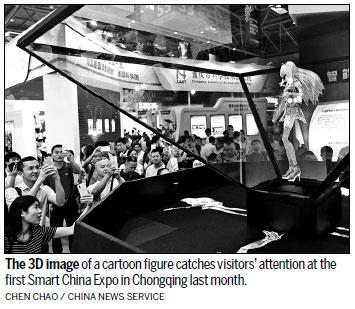3D imaging guides precise medical operations, strategies

"The patient underwent reconstructive surgery in 2016. The follow-up results obtained this year show good symmetry between the two breasts," Ma said.
The 3D image is created with a laser beam reflected off the body's surface or by 3D cameras surrounding the body.
In contrast to 2D images, 3D ones can be used to illustrate complex structures rapidly and non-invasively.
The image acquired through the technology has a similar accuracy to an MRI but costs less, which can save patients' time and money.
Breast reconstruction surgery assisted by 3D technology can be traced back 10 years in China, but the application of the technology in Chinese hospitals didn't become popular until 2014.
To date, nearly 200 patients have received breast reconstruction surgery assisted by 3D imaging at Peking University Third Hospital, Ma said.
Besides accurately guiding delicate operations, 3D imaging can also help to provide a precise diagnosis before the surgery.
Shanghai Mirage Innovation Technology launched a facial evaluation machine two months ago. Embedded with 3D imaging technology, the product evaluates beauty, giving a score for the human face.
Features are assessed via its 3D imaging system, which includes a rotatable infrared camera. It takes three seconds to evaluate all the prominent features of a human face and process the information into a 3D image.








